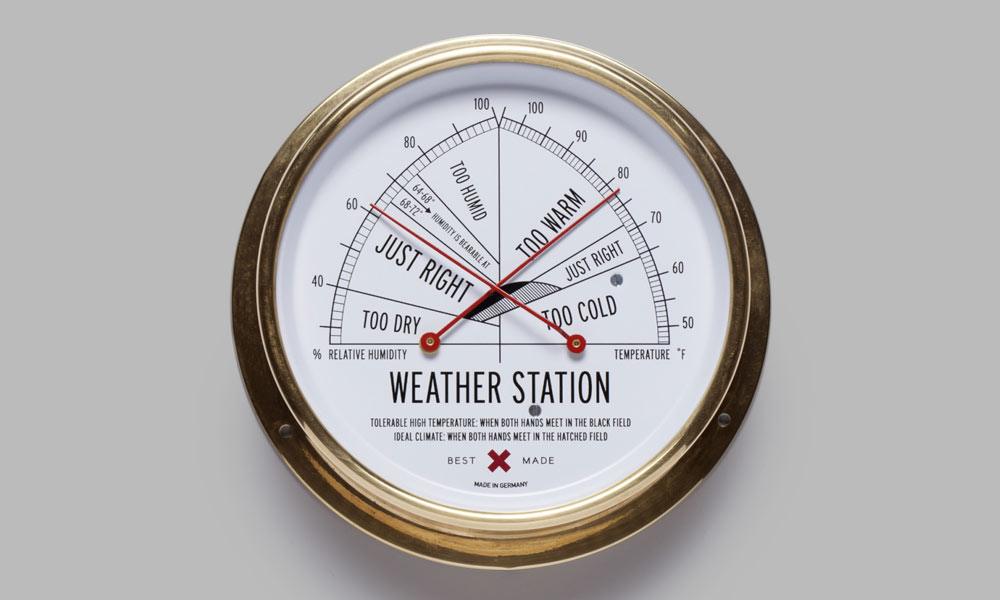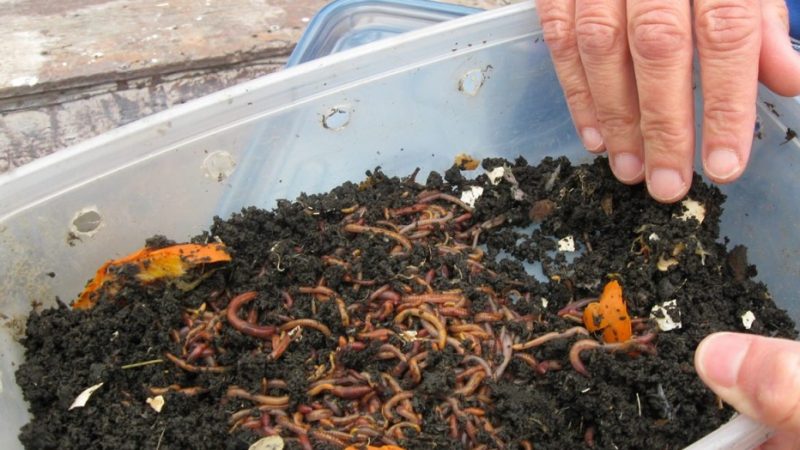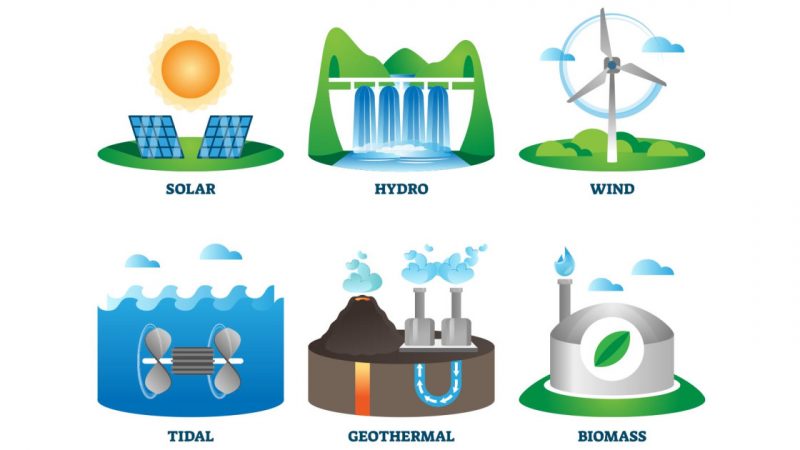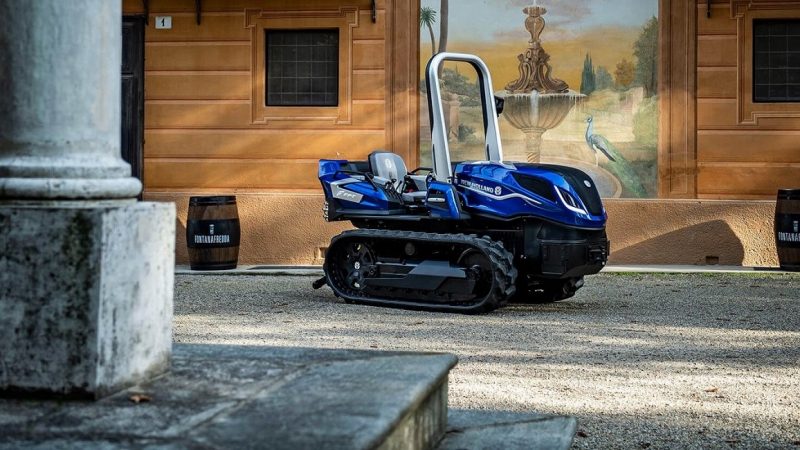What is a Weather Station and Its Benefits?
A weather station is a collection of instruments and sensors that measure atmospheric and soil conditions. Commonly measured environmental variables include light, temperature, relative humidity, rain, and wind. Soil conditions include soil moisture, soil temperature, and soil bulk electrical conductivity. An on-site weather station allows for monitoring of the microclimate in your growing area. Weather conditions may vary over short distances, especially for measurements such as rainfall, which means that off-site measurements – often taken miles away as part of a public weather network – may well not be accurate enough for irrigation and/or temperature scheduling purposes. Additionally, cold pockets created by elevation changes can create temperature variability, making local (next to growing areas) weather stations a very important tool in monitoring and use for irrigation scheduling and freeze protection. This general publication is supposed to serve as an review of weather station components and an extensive discussion of what sort of weather station can be used to make cultural decisions, including irrigation, fungicide application, or frost protection.
Weather station placement
Station placement is crucial for accurate measurements. Weather stations should be installed in the growing environment in a set area far from buildings, pavement, and trees. This is especially critical if the goal of measurements is to warn of impending frost. Placement under a tree or near a structure could alter measurements. Greenhouse structures can also impact measurements, especially light measurements, but plants would also come in contact with the same shading. The key is to place weather station equipment in the growing area. Visit this website to get more insight https://www.weatherscientific.com
What can I do with weather station data?
Setting up a weather station is determined by the grower’s goal for the info that is collected. Listed below are typical data that growers will see helpful and that may be adapted to the needs of every specific grower.
Irrigation scheduling: Measurements can be utilized for water balance or other calculated techniques of irrigation scheduling, including crop-water-use models. The most commonly used means of irrigation scheduling uses reference evapotranspiration (ET), which determines how water use changes from day to day based on environmental conditions. This requires a complex equation, but many weather stations contain software that calculates ET daily. In these systems, irrigation of the existing day is utilized on replace water lost the previous day via evaporation from soil and transpiration from the plant. Alternatively, soil moisture sensors are becoming a favorite method of determining soil moisture content while monitoring soil temperature and fertility.
Degree-day models: Temperature measurements may be used to monitor chilling hours and growing degree hours. As a process of going through winter dormancy and resuming growth in the spring, deciduous woody crops have a chilling requirement (accumulated time below 45 degrees Fahrenheit or 7 degrees Celsius) and a growing degree-day requirement (warm temperature exposure above 40 F or 4 C after chilling). These requirements are most significant for fruit crops and flowering ornamentals because they determine when plants will bloom in the spring.
Freeze protection: Topography, latitude, and elevation can all are likely involved in the occurrence of freeze events within an area, so site-specific temperature measurements are valuable for freeze/frost protection. Many weather stations include software that calculates wet bulb temperatures and alerts users when frost events are imminent.






